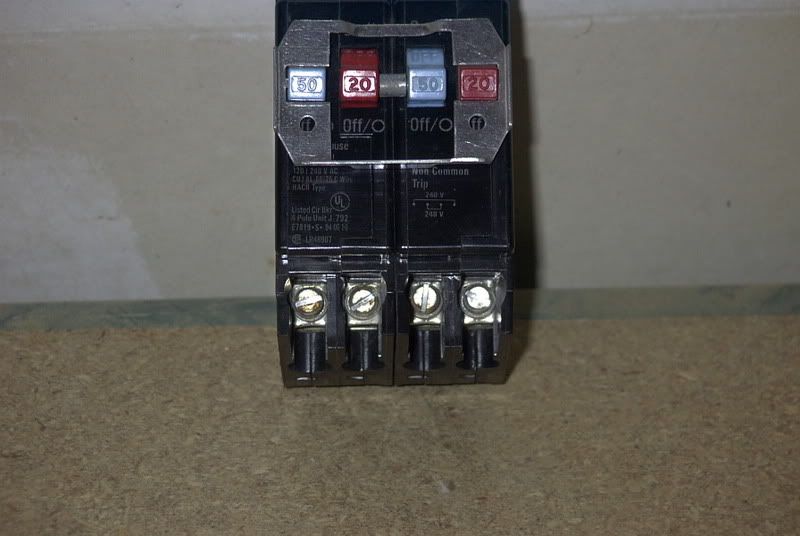A handle tie, listed or not, will not guarantee that both poles will trip should one pole call for a trip. 'A 2-pole breaker may look like a 2 single pole breakers simply fastened together and a handle tie attached to the toggles but they are totally different. The 2-pole breaker is internally tied together such that if one pole trips it will trip the other pole regardless of the "handle tie." The only thing the handle tie brings to the party is when the breaker is manually operated. The handle tie assures that both poles open manually together.Should you take (2) 1-pole breakers and tie them together with a handle tie if one pole trips the othere pole with almost all certainty will stay closed backfeeding through the load all the way back to the load terminal of the tripped pole.
Dangerous? It's your call. (2) 1-pole breakers tied together with a handle tie is in no way a subsitute for an application that requires a common trip breaker.



